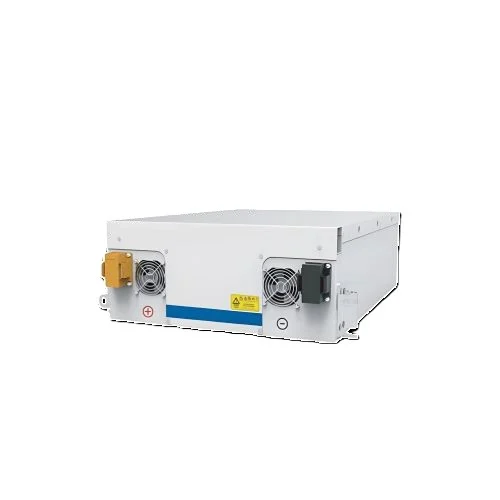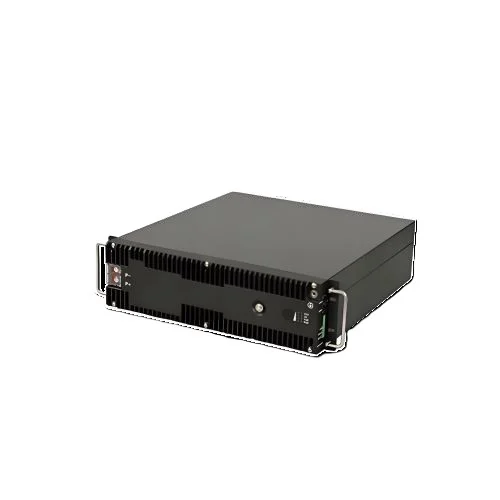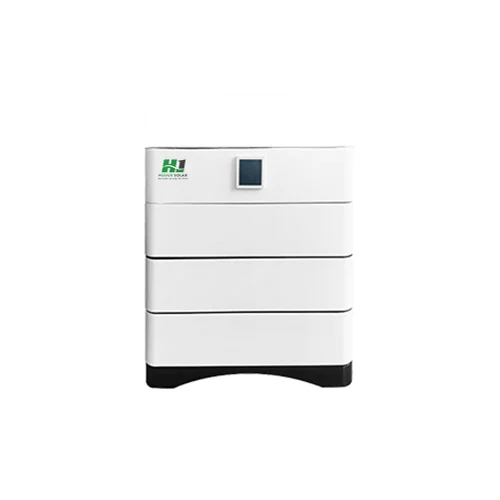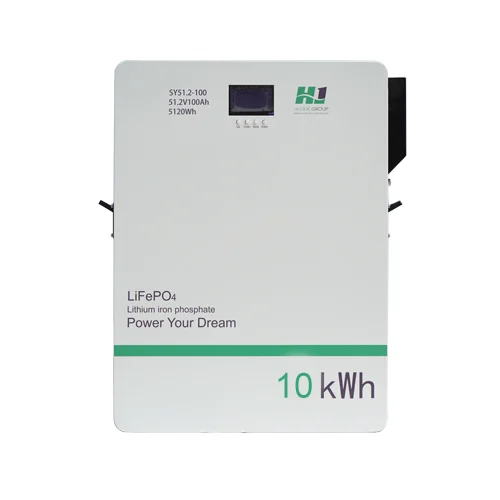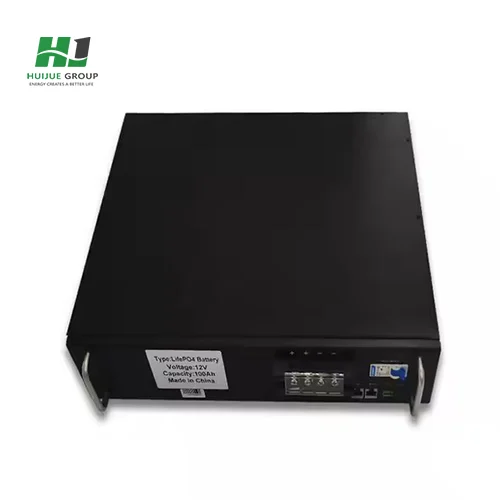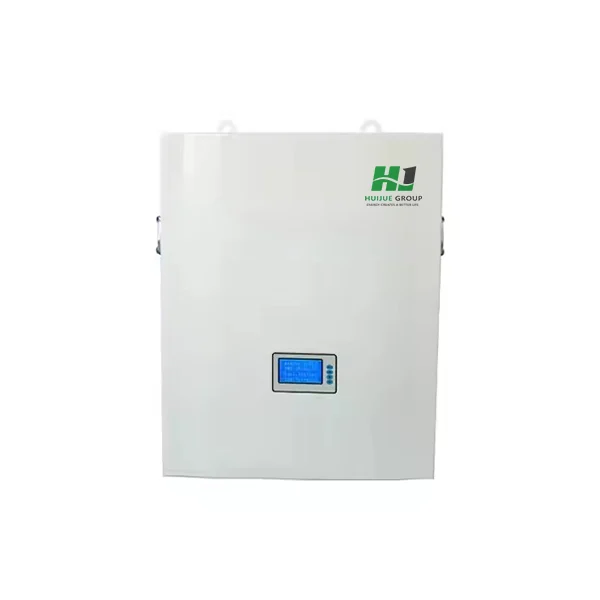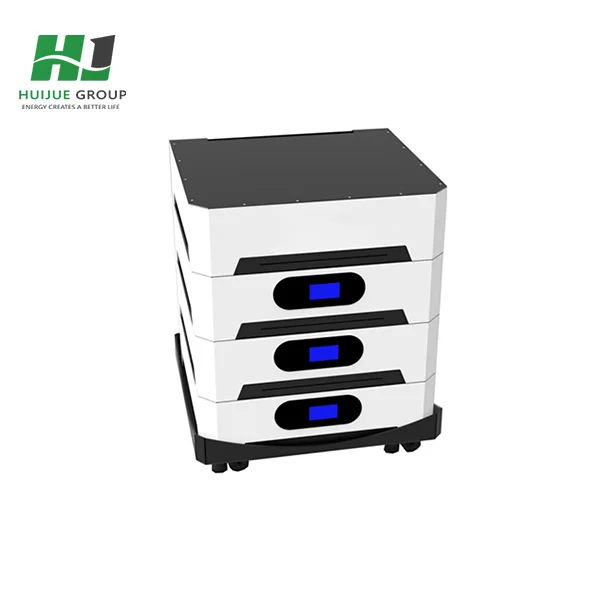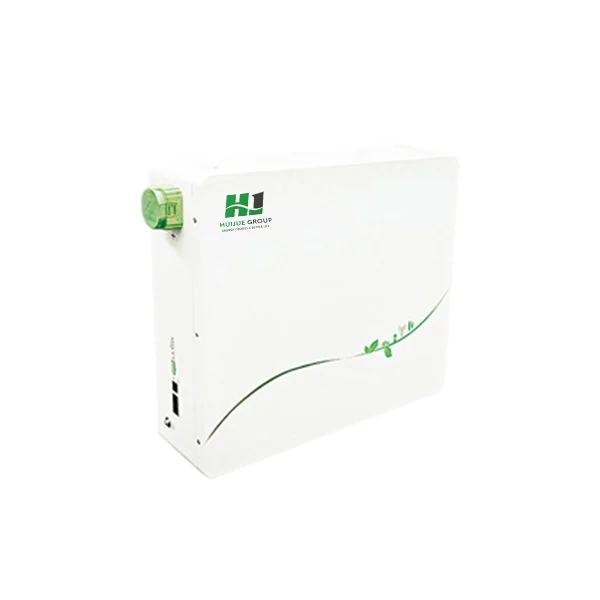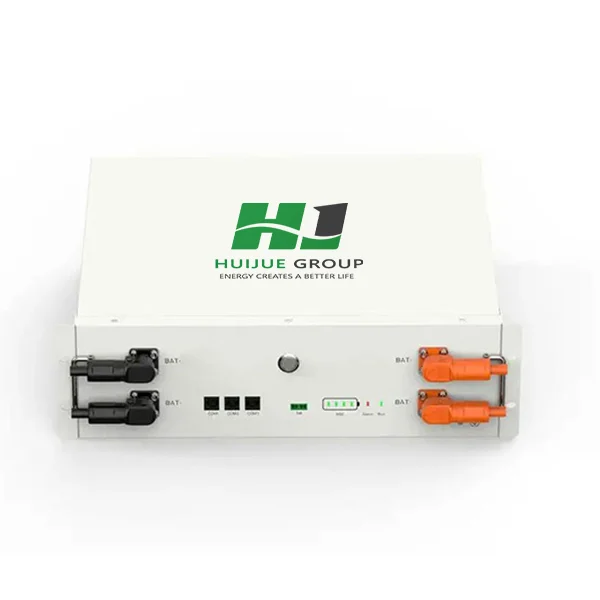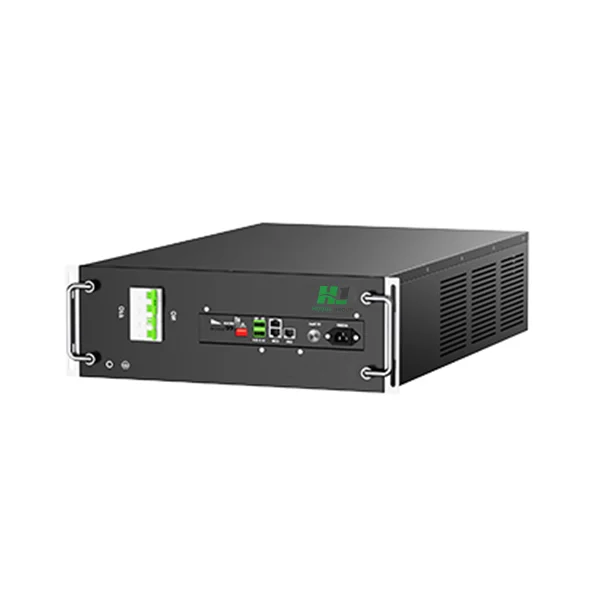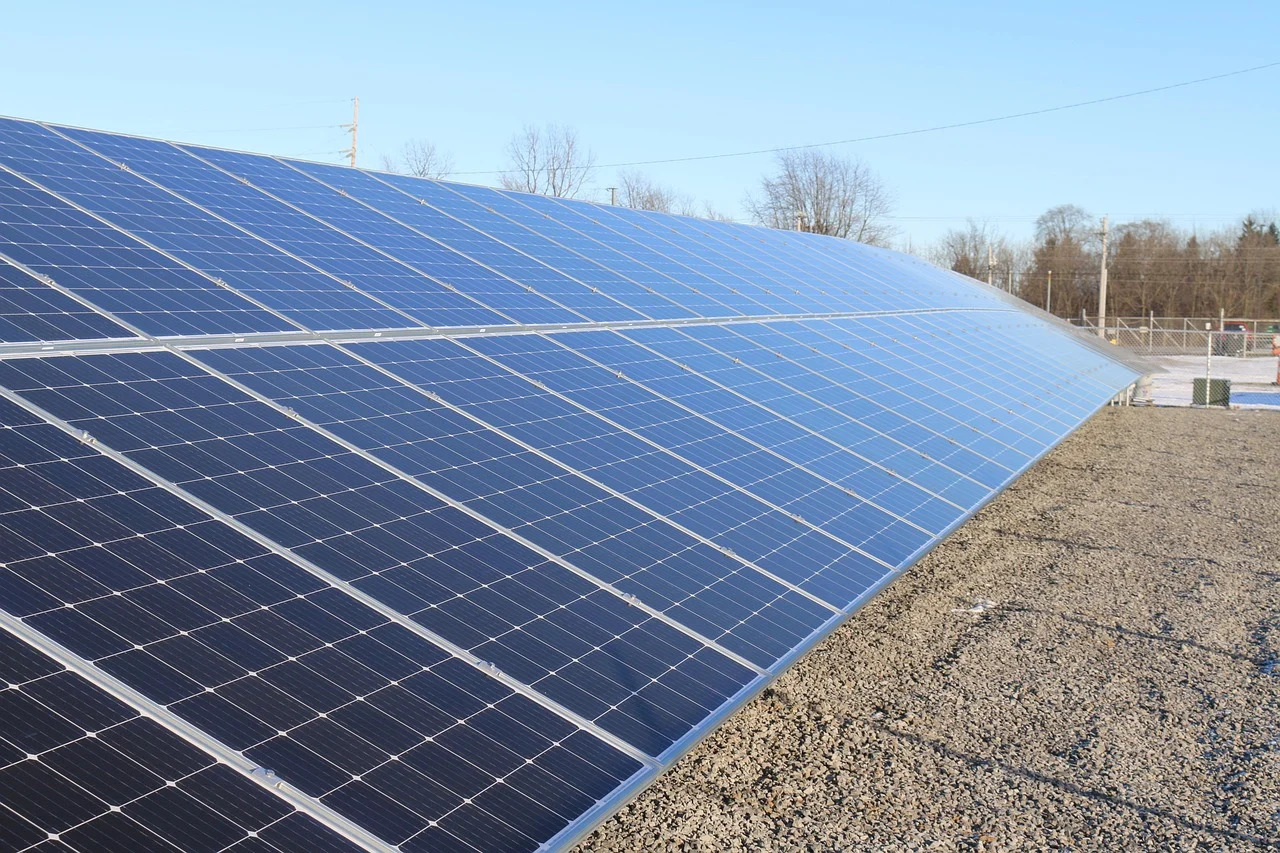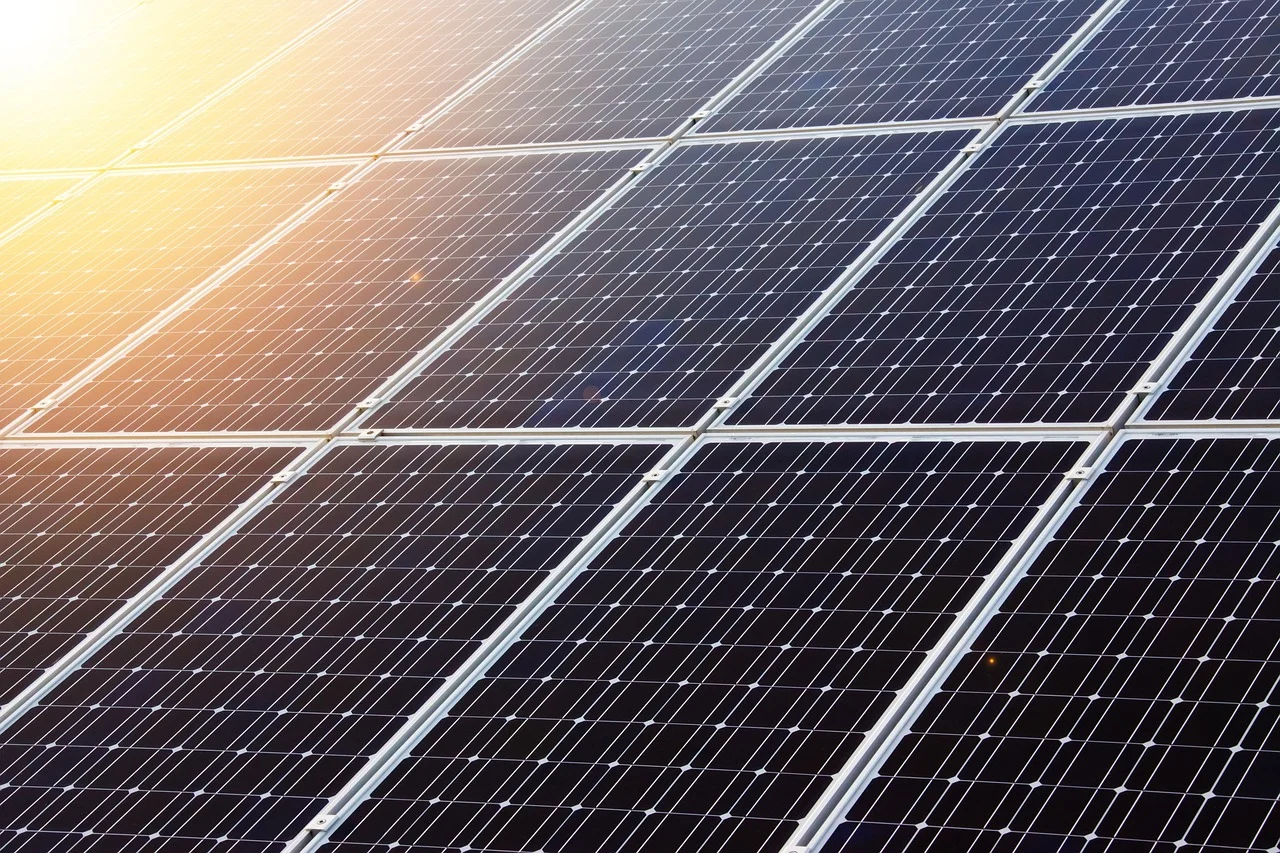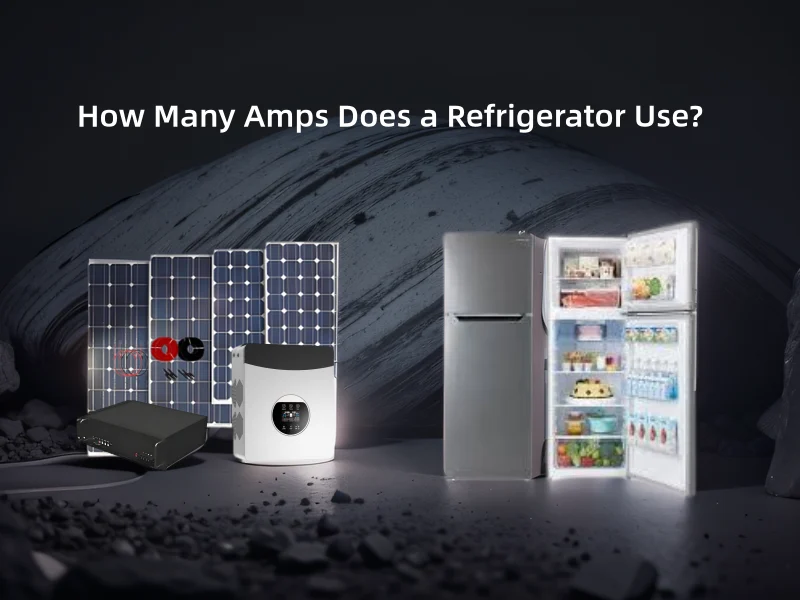Battery Basics 101: What You’re Really Comparing
Before we go into comparisons, let's do a bit of deciphering. Because batteries are not one and the same, their "duration" is entirely dependent on three things:
1. Chemistry Matters
- Lithium ion (Li-ion):Energy density rockstars—500-1,000+ cycles. Great for phones and electric vehicles.
- NiMH (Nickel-Metal Hydride):Middle child—300-500 cycles. It's commonly found in cameras and toys.
- NiCd (Nickel Cadmium):The obsolete cousin-500-1,000 cycles but a no-no for the environment.
Pro Tip: Always keep an eye on the cycle life. In simple terms, how many full charges can be subjected to while still maintaining performance above 80 percent?
2. All Capacity Isn’t Value
3,000-mAh battery seems impressive, but what matters in the end is what the product actually uses per hour. Here are some examples:
- Drains the battery in less than 20 minutes
- Can go several months without the battery being drained
Fun Fact: Why does the phone die faster in the cold? Because, as we all know, cold temperatures slow down lithium-ion reactions as well.
3. The “C-Rate” Curveball
This is how fast a battery charges/discharges. A battery can safely discharge two times its capacity in an hour with a 2C rating. High C-rates are good for power-hungry equipment, such as drills.
How Exactly Manufacturers Test Battery Life (Spoiler, Not Real Life)
Battery manufacturers love lab tests-ideal temperature, perfectly healthy charges. But guess what: lab conditions do not equal all human chaos.
- Standardised cycles: Batteries are fully discharged and recharge in 25°C.
- Temperatures torture tests: Stored at -20°C or 60°C for the test.
But really, who is charging a cellphone at 25deg while drinking latte?
3 Practical Ways to Compare Battery Duration at Home
Forget lab coats-here's how to test batteries like a backyard scientist:
1. The “Movie Marathon” Test
- Charge up both batteries fully.
- Use the same device (a portable speaker, for example) until they run out.
- Record the time. Simple but effective.
For example: Battery A: 6 hours on Spotify. Battery B: 4.5 hours. Winner: A.
2. Cycle-Count Tracking
- You can also use a smart charger (like Nitecore's D4) to check how many cycles a battery has before going beyond 20% degradation
- The Heat Check
Batteries do not enjoy saunas. How do they do after 30 minutes of being inside a warm car versus a cool room?
What Actually Affects Stamina Last ?
Don't get misled by the hype: Actually, here's the killer battery duration:
- Temperature Swings: Storing batteries in your car's glovebox? Expect a lifespan drop of 30%.
- Charging Practices: Fast charging every day? That's convenience at the expense of a life.
- Depth of Discharge (DoD): Regularly flatlining a battery makes it feel like marathon-running every day.
Case Study: Tesla's "Battery Buffering"
By default, Tesla limits every EV battery to charge up to 90%. Because partial charging stresses batteries less and can prolong their life expectancy by as many as two years.
Industry Secrets: What Battery Companies Don’t Want You to Know?
- 80% Rule: Charge lithium-ion batteries to only 80% to double their cycle life.
- Voltage Matters: Even reducing the charge voltage from 4.2V to 4.1V reduces degradation.
- Storage Hacks: Store batteries at 50% charge in a fridge (yes, a fridge) to slow aging.
Pro Tip: Do not leave devices plugged in overnight. That 100% charge? It's slowly killing your battery.
Real Life Example: Smartphone against Drone Batteries
Let's pit against each other an iPhone 15 with that of a DJI drone battery:
| Factor | iPhone 15 (Li-ion) | DJI Drone (High-C LiPo) |
| Cycle Life | 500 cycles | 200 cycles |
| Capacity Retention | 80% after 2 years | 70% after 1 year |
| Killer Habit | Overnight charging | Deep discharges |
Why the drastic difference? Drones demand high bursts of power, stressing batteries harder.
The Future: Solid-State Batteries & AI Charging
Solid state batteries promise to hold twice as long as Li-ion. Introduction set for 2027 by companies like Toyota. Meanwhile, AI-driven chargers (think Apple-style Optimized Charging) learn your habits, then do their best to wear out that lithium section as little as possible.
Food for Thought: Will we ever have wirelessly charging batteries that compete in efficiency with wired? Or is it a convenience-for-longevity trade-off?
Today: Fast Fixes for Long Battery Life
- Stop that 100% charge (70-90 should be fine).
- Keep devices cool-over pillows, or in direct sunlight.
- Replace archaic chargers. That 2008 USB brick is probably cooking your battery right now.
Funny Reality Check: Your phone's battery lasts shorter than a memory of a goldfish. So treat it gently.

